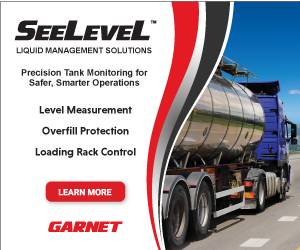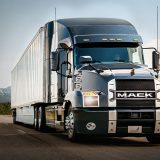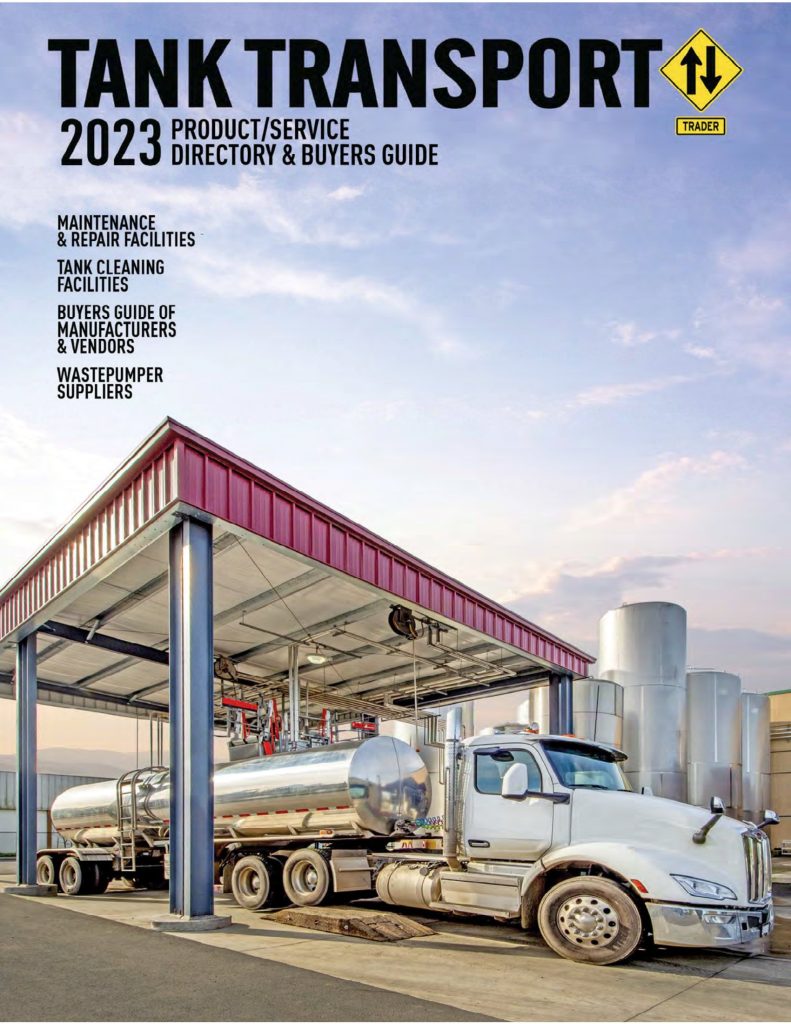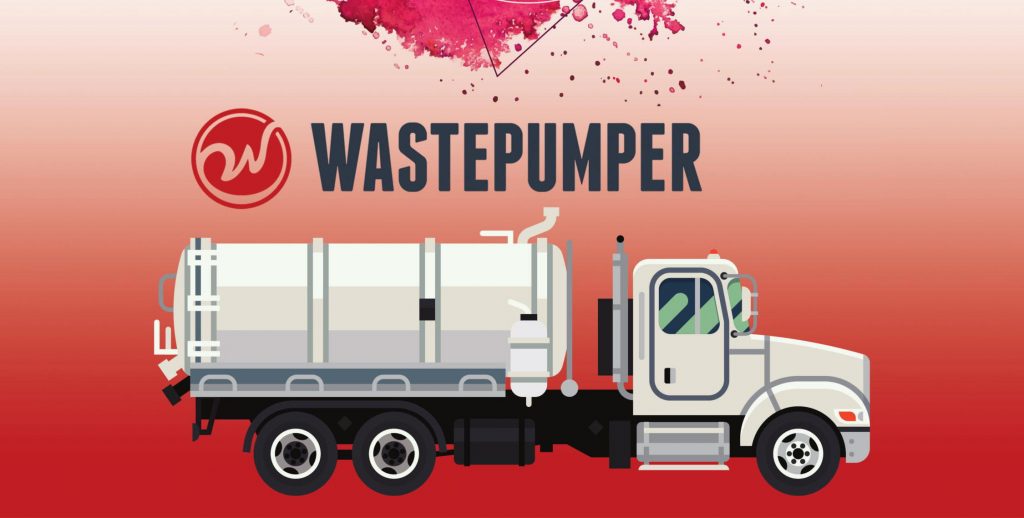Report says trucking costs rose last year

Total marginal cost grew by 12.7% in 2021 to $1.855 per mile, the highest on record according to ATRI
The total marginal cost of trucking grew by 12.7% in 2021 to $1.855 per mile, the highest on record, according to the American Transportation Research Institute’s (ATRI) 2022 update to “An Analysis of the Operational Costs of Trucking.’’
Leading contributors to this increase were:
- Fuel (35.4% higher than in 2020)
- Repair and maintenance (18.2% higher than in 2020)
- Driver wages (10.8% higher than in 2020).
On a cost-per-hour basis, costs increased to $74.65, according to the report.

Overall, fleets with 100 or fewer trucks spent 4.9 cents more per mile than fleets with more than 100 trucks — closing the 2020 gap with larger fleets by 70%.
Even when fuel costs are removed, the marginal costs of trucking per mile increased by 10 cents between 2020 and 2021, from $1.338 to $1.438.
Enjoying our insights?
Subscribe to our newsletter to keep up with the latest industry trends and developments.
Stay InformedTruck and trailer lease or purchase costs set another record high in 2021. The same was true of repair and maintenance costs, which had the largest-ever annual spike as carriers faced unfavorable equipment markets. Within ATRI’s data set, insurance premium costs declined only slightly in 2021 – by a mere tenth of a cent, and tire costs declined by just two tenths of a cent.
A record number of motor carriers contributed their 2021 financial data for this year’s research. The “Ops Costs” report, which reflects 2021 numbers, provides detailed breakdowns of numerous line-item costs by fleet size and sector, allowing for tailored bench-marking.
2021 Trends in Trucking Operating Costs
The trucking industry experienced many new, atypical market conditions in 2021 and their effects can clearly be seen in the Ops Costs data, according to an ATRI news release.
Overall, fleets with 100 or fewer trucks spent 4.9 cents more per mile than fleets with more than 100 trucks — closing the 2020 gap with larger fleets by 70%. While larger fleets spent less than smaller fleets on insurance premiums per mile, the advantage was offset by higher out-of-pocket incident costs per mile for large fleets.
In response to the truck driver shortage, total driver compensation at $0.809 per mile was 10% higher than in 2020.

The financial health of trucking remained strong throughout 2021 despite spiking costs, with an average operating margin in most sectors at 10%.
Faced with challenges throughout the supply chain, carriers emphasized greater efficiency. Empty or “deadhead” mileage decreased to 14.8%, and average truck fuel economy increased to 6.65 miles per gallon, according to the report.
Respondents’ average truck-tractor age was 5.7 years old — the highest in over a decade. At the same time, the average number of miles driven annually per truck fell by almost 11% to 79,808. The average annual miles driven per truck has been trending downward over the past decade, but this decline accelerated during the COVID-19 pandemic.
This year’s report includes several new efficiency metrics, such as annualized driver turnover, average dwell time at shipper facilities, and revenue per truck. The financial health of trucking remained strong throughout 2021 despite spiking costs, with an average operating margin in most sectors at 10%.
ATRI’s Ops Costs report focuses on for-hire motor carriers. In 2021 for-hire carriers held 52.6% of the total trucking market share, while private carriers had a 43% market share. ATRI respondents included a higher percentage of less-than-truckload carriers than the U.S. trucking industry as a whole, 55% versus 29%.





















